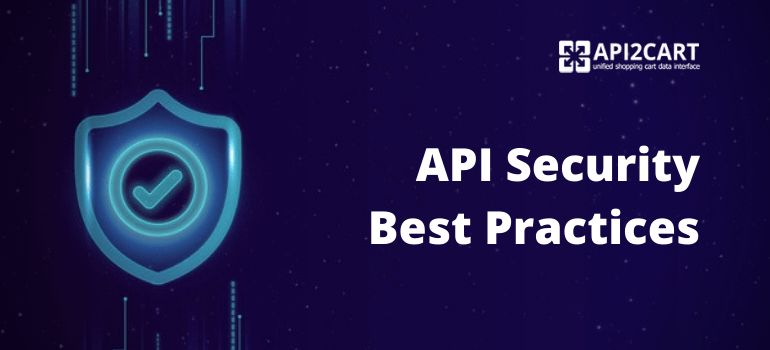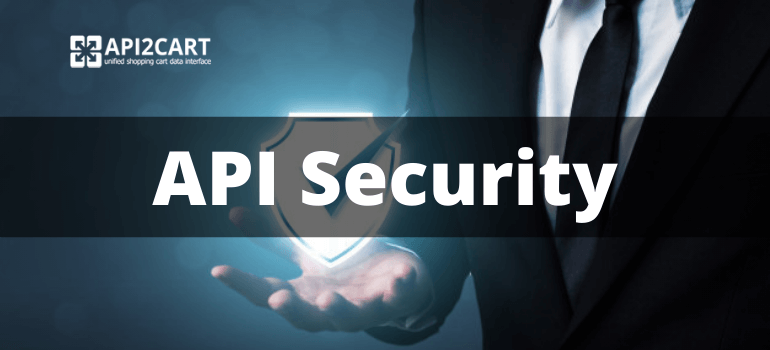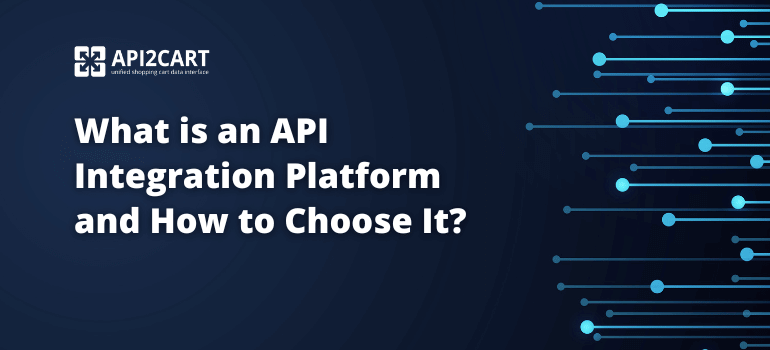
Developers heavily rely on Application Programming Interfaces (APIs) to support the delivery of new services and products. However, with the increase of APIs usage also comes the potential for more security issues. Developers need to understand the risk of keeping customer, and corporate data safe. The challenges start with authentication, phishing schemes, Man-in-the-middle (MITM) attacks, and API injection.
In this article, we are going to explore the main API security practices in 2024.
Why Is API Security Important?
APIs are software interfaces that enable applications to interact with other systems. Companies use APIs to transfer data and connect services. Exposed, hacked, or broken APIs can cause data breaches.
Cybercriminals can leverage the exposed API to steal sensitive data like personal information. However, each type of data must be protected differently. Your API security approach should be based on the transferred data.
API Security Challenges
APIs are often viewed as easy targets. Hackers use the documentation and infrastructure of the API to collect information that can help with the attack. Threat actors also use APIs as an access point to other internal systems they want to attack.
Here are some examples of API security challenges:
-
Authentication—hackers can exploit vulnerable login mechanisms to access systems connected to an API. Attackers usually use credential stuffing or brute force techniques to gain access to APIs. Authentication attacks can also be used to prevent legitimate users from logging in, disrupting services, and for collecting sensitive information.
-
Denial of Service (DoS)—overloads the API by sending multiple requests at once. Limiting the traffic cannot prevent a service disruption caused by this overload. Attackers can increase the number of requests whenever they want.
-
Phishing schemes—hackers send emails or messages with malicious links to install malware or to trick users into revealing information. For instance, a malicious app that acts as a legitimate one, enabling the hacker to get a new token on behalf of the user. Then, the attacker can use this token to modify or delete data.
-
Man-in-the-middle attack—happens when an attacker interferes with the communication between the involved parties. MITM attacks are used to gain access to a user account and steal sensitive information, like passwords or credit card data.
-
API injections—are used to insert malicious code into a software program. Examples of API injections are SQL injections, and cross-site scripting (XSS).
API Security Best Practices
There are several best practices you can use to secure your API. Below, you’ll find a review of the most popular best practices, and the proper implementation steps.
Endpoint Detection and Response (EDR)
EDR refers to a set of practices and tools that allow detecting and monitoring endpoint security threats. EDR tools were created out of the growing need to provide active detection and defense against endpoint threats. EDR can prevent potential attacks by deploying automatic security measures on endpoints.
There are many EDR security practices that you can implement on your API endpoints. Most common practices include monitoring API calls and communication, user authentication, access control policies, and IP address filtering.
OAuth2
OAuth 2 is an authorization mechanism that allows apps to gain limited access to user accounts on an HTTP service. It works by assigning user authentication details to the service that hosts the user account.
OAuth 2 provides authorization flows for APIs, mobile, desktop and web applications. For example, it can ensure that a developer has read-write access to the API, while a customer has read-only access.
Quotas, throttling, and rate limits
An API rate limiting is when organizations are limiting the overall rate of requests for multiple clients. If clients send a great number of requests, their connection gets throttled. Throttling slows down the processing but does not get you disconnected. Limiting the number of requests can help you prevent DDoS attacks.
API quotas mean a specific number of calls for longer intervals. For instance, your API quota can be 6000 calls per month. API quotas can be combined with throttling or rate-limiting. Quotas can help you limit certain calls or methods that might be malicious.
Logging and auditing
Logging must be independent, systematic, and resistant to log injection attacks. You can audit any subject or entity to detect and proactively prevent attacks. Auditing and logging are essential in the container ecosystem since only the bare minimum elements are used to run an app. Make sure to use a proper logging tool.
Conclusion
You can avoid potential API threats by putting some thought into API design and establishing governance policies across the company. You have to protect APIs against attacks like phishing schemes that enable hackers to send emails with malicious content, or DoS attacks that overload the API by sending multiple requests at once. An API security mistake can have significant consequences. But businesses can protect themselves with OAuth2 authorization, encryption, and auditing.
In case if you are interested in the integration of your application with APIs of various shopping platforms, you can try to use API2Cart.
API2Cart provides a unified API for connection with 40+ eCommerce platforms and marketplaces. Security is a №1 priority of API2Cart. So, we provide 32-symbol API Key to access the system, SSL certificate and OAuth that are used to ensure integration safety.
If you have any questions about API2Cart’s API and its security, don’t hesitate to schedule a quick call with our expert. We are always ready to help you 24/7.



